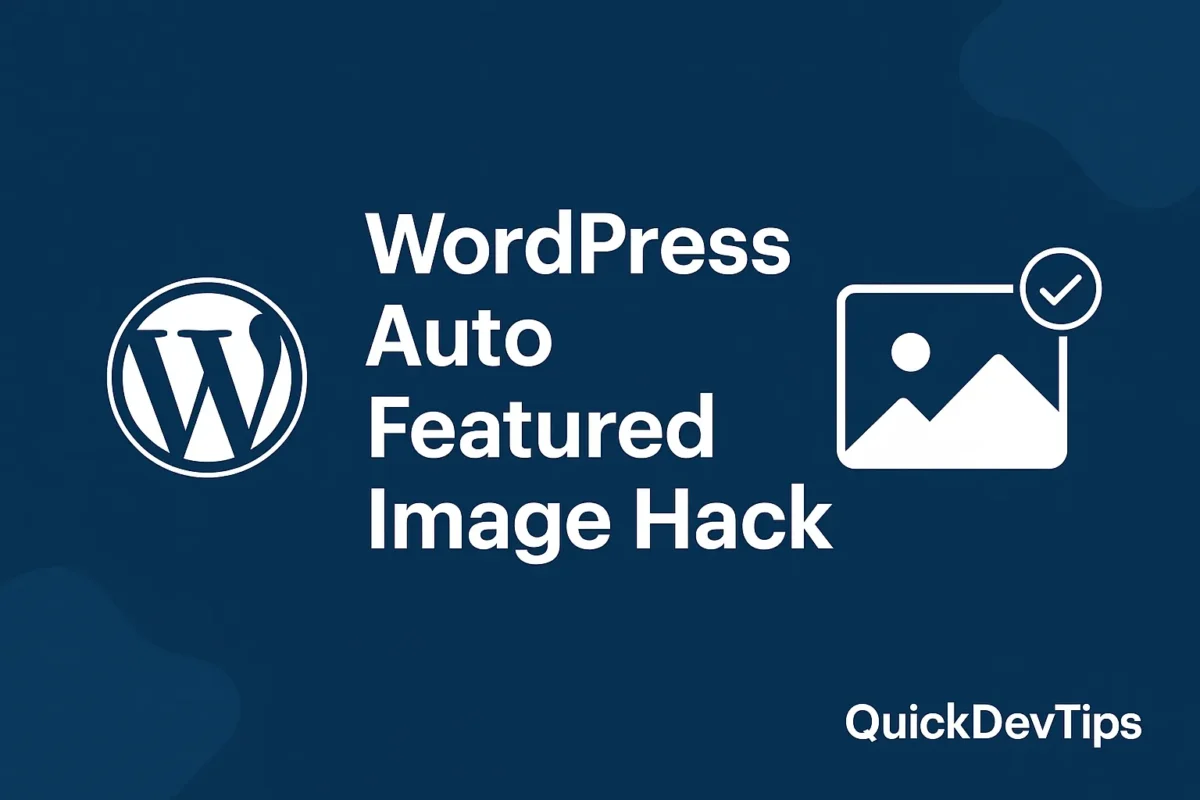Stop publishing posts without a featured image by mistake! This smart snippet automatically sets the first uploaded image as the featured image when none is defined — a practical way to keep your site clean and consistent.
Add this to your child theme’s functions.php file or a custom functionality plugin:
function auto_set_featured_image() {
global $post;
if (isset($post->ID) && !has_post_thumbnail($post->ID)) {
$attached_image = get_children(
array(
‘post_parent’ => $post->ID,
‘post_type’ => ‘attachment’,
‘post_mime_type’ => ‘image’,
‘numberposts’ => 1
)
);
if ($attached_image) {
foreach ($attached_image as $attachment_id => $attachment) {
set_post_thumbnail($post->ID, $attachment_id);
break;
}
}
}
}
add_action(‘the_post’, ‘auto_set_featured_image’);
add_action(‘save_post’, ‘auto_set_featured_image’);
add_action(‘draft_to_publish’, ‘auto_set_featured_image’);
add_action(‘new_to_publish’, ‘auto_set_featured_image’);
add_action(‘pending_to_publish’, ‘auto_set_featured_image’);
add_action(‘future_to_publish’, ‘auto_set_featured_image’);
How It Works
This function runs every time a post is saved or published. If no featured image is set, it finds the first attached image and sets it automatically.
Why Use It?
Featured images make your posts look professional in lists, social shares, and search results. This simple hack saves time and avoids missing thumbnails.
Common Mistake
Don’t put this in your parent theme’s functions.php. Always use a child theme or a small custom plugin so your tweak survives theme updates.
Pro Tip
Combine this with a fallback default image for posts without any images at all — your site always stays polished, even for text-only content.
